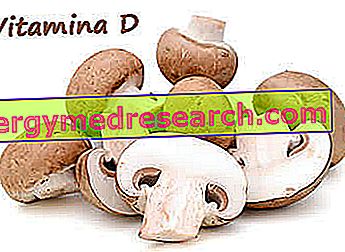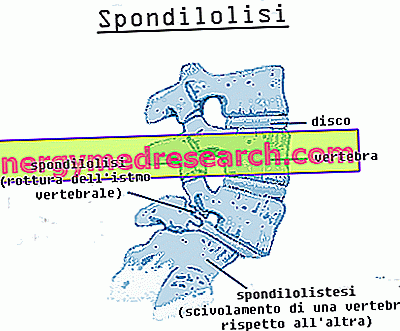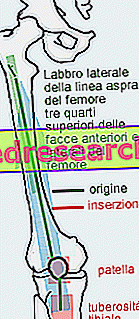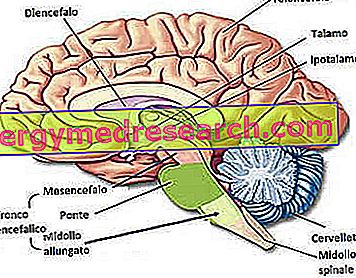Vitamin D
Vitamin D is an essential molecule for the body.
It is considered a pro-hormone, and performs various metabolic functions:
- Increased bone mineralization.
- Increased renal calcium reabsorption.
- Increased intestinal phosphorus absorption.
- Support of the immune system.
- Differentiation of some cell lines.
- Contribution to some neuromuscular functions.

Requirements and Feeding Appliances
The need for vitamin D is fulfilled above all by the endogenous synthesis that takes place in the skin; this requires exposure to intense UV rays (summer ones) and dehydrocholesterol substrate. Secondly, the demand for vitamin D is compensated by the diet.
Soluble in fats (fat-soluble, like vitamin A, vitamin E and vitamin K), vitamin D is present above all in foods of animal origin, with some small exceptions.
The most important nutritional sources of vitamin D are: fishery products (fatty fish), fish liver, fish liver oil, eggs (especially the yolk), butter and reinforced foods (for example milk).
Recently the presence of vitamin D in mushrooms has been observed; below, we will try to understand if the content in question is actually relevant from a nutritional point of view.
WARNING! Vitamin D contained in food is predominantly in the form of cholecalciferol or D3. This - after having followed the typical digestion, absorption and circulation of fats - is transported to specific districts, where it will undergo various types of enzymatic catalysts.
NB : µg means micrograms.
/ | Cod liver oil | Salmon and Herring | eggs | Butter | Liver Pets Earthlings | Cheeses Grassi |
| Quantity Vitamin D for 100g | 210, 00μg | until 25, 00μg | 1, 75μg | 0, 75μg | 0, 5μg | until 0, 50μg |
Table 1: Vitamin D content in the main food sources of animal origin.
Vitamin D in Mushrooms
As can be seen from the table below, mushrooms can be a significant source of vitamin D.
These foods can effectively replace the liver of land animals (beef, pork, lamb, chicken, etc.), eggs, butter and fatty cheeses.
However, not all mushrooms contain the same amount of vitamin D. Examples include the porcino, the spugnolo, the ovulo, the finferlo and the chiodino; the champignon (also called champignon or Portobello) is not negligible but not particularly rich.
/ | Porcino | Spugnolo | ovum | finferlo | tack | Field Mushroom | Enoki | Pleurotus | Maitake |
| Quantity Vitamin D for 100g | 3, 00μg | 3, 00μg | 2, 00μg | 2, 00μg | 2, 00μg | 0, 45μg | 0, 00μg | 0, 00μg | 0, 00μg |
Table 2: Vitamin D content in some fungi.
NB : Quantity equal to 0.00µg could be the result of a failure to detect, or the non-availability of the requested value.
requirement
Quanta Vitamin D?
The dietary needs of vitamin D shown in the table also take into account the needs of people at risk, or those limited to sunlight or who for various reasons risk shortage.
| Age and / or Physiological Condition | requirement |
| infants | 10-25μg |
| Children 1-3 years old | 10μg |
| Children 4-10 years old | 0-10μg |
| Girls and boys 11-17 years old | 0-15μg |
| Adults | 0-10μg |
| Senior citizens | 10μg |
| expectant | 10μg |
| Nourish | 10μg |
Table 3: Vitamin D requirements
The Italian population takes about 2.00µg of vitamin D a day. This quantity seems sufficient to prevent the deficiency, since the only endogenous synthesis (in the skin), in conditions of adequate sun exposure, should be sufficient (especially in adults).
The most accurate method for estimating the adequacy of nutrition and lifestyle is the detection of 25-hydroxyvitamin-D (25-OH-D) in the blood plasma, which should remain in the range of 10-40ng / ml ( nanograms per milliliter).
NB : one nanogram corresponds to 0.001µg.
Keep in mind that in the absence of adequate sun exposure (in the long term) this plasma concentration can drop to 6-8ng / ml. On the other hand, after prolonged exposure and significant intensity, it can rise up to 80ng / ml.
Fortunately, vitamin D can be stored in the liver; this reserve guarantees to the human being that he can draw on structured supplies throughout the summer during the winter.
Mushrooms Against Deficiency
Making an arithmetical calculation of the vitamin D content in the richest mushrooms (porcino, spugnolo, ovulo, finferlo and small nails), we can define that these bring an average of 2.4µg / 100g of edible part.
If we were to consider mushrooms as the only source of vitamin D, we could estimate that the quantity needed to cover the safety level of males and females aged 4 and up (including pregnant and nursing mothers) is 625g / day.
This is far too high and not always advisable.
Keep in mind that all mushrooms contain a toxic principle, including those called "edible", even if in harmless quantities or with negligible poison potential.
Furthermore, mushrooms are also subject to the accumulation of environmental contaminants. In particular, wild or cultivated / collected ones on the margins (or inside) of agricultural fields exploited with the conventional method (pesticides, herbicides, etc.).
These two aspects suggest not to abuse it and take on even more relevance in the diet of the expectant mother and nurse, to whom I would suggest avoiding or not exceeding a maximum limit of 1-2 portions of cooked mushrooms (100-150g raw weighted) each week.
Ultimately, mushrooms are a good source of vitamin D, but they cannot play the role of a single source. Alternating with fatty fish and eggs can be an excellent solution.
This conclusion must be understood above all by the vegan community which recently is focusing a large part of its attention on mushrooms, considering them a solution to the risk of vitamin D deficiency.
Even for vegans "mushrooms yes, but do not overdo it!"; being able to choose, it is advisable to focus more on the summer sun exposure.



